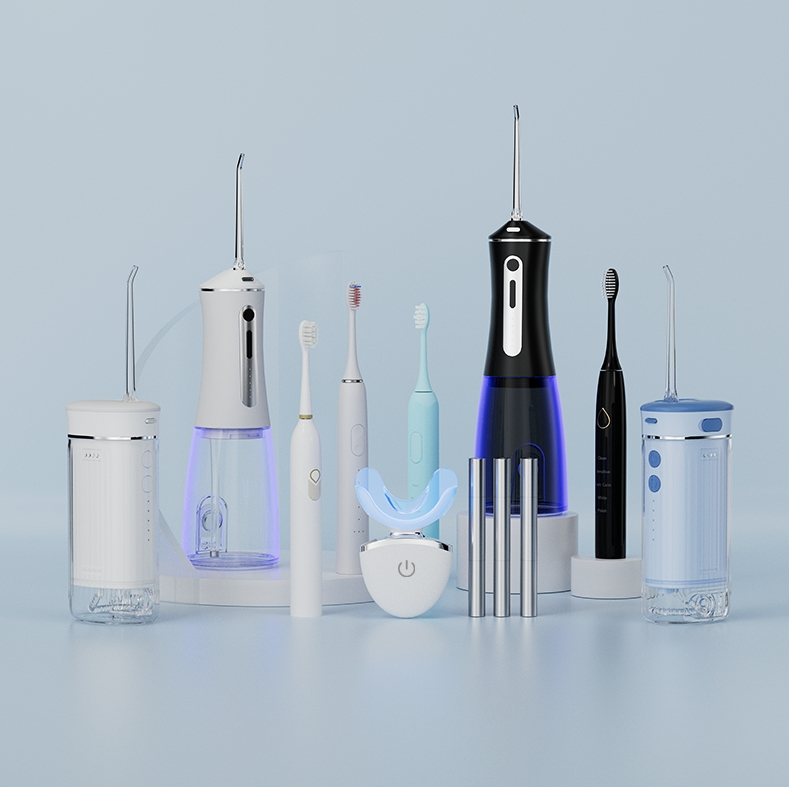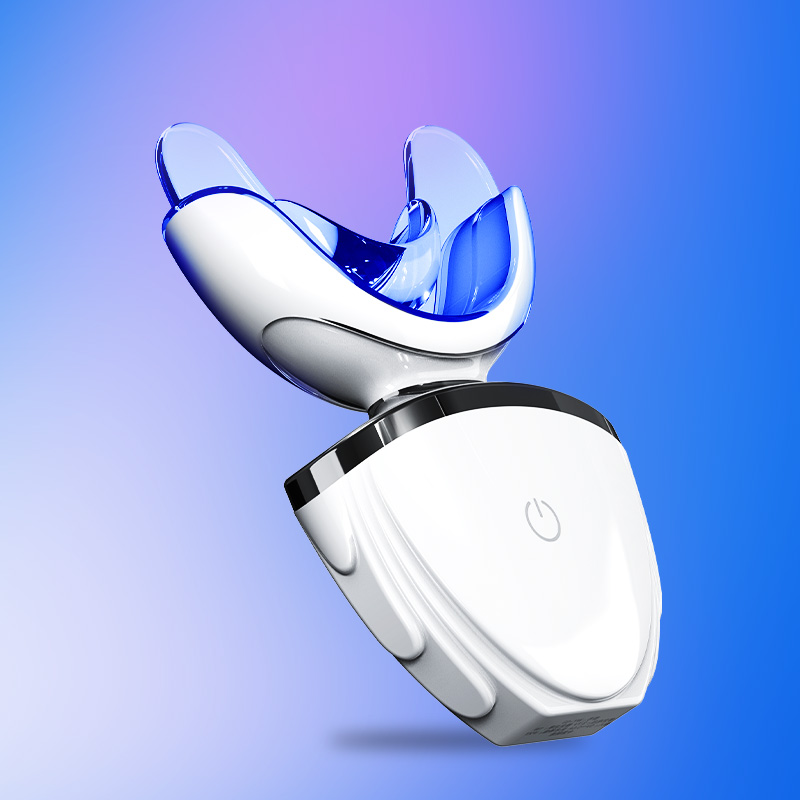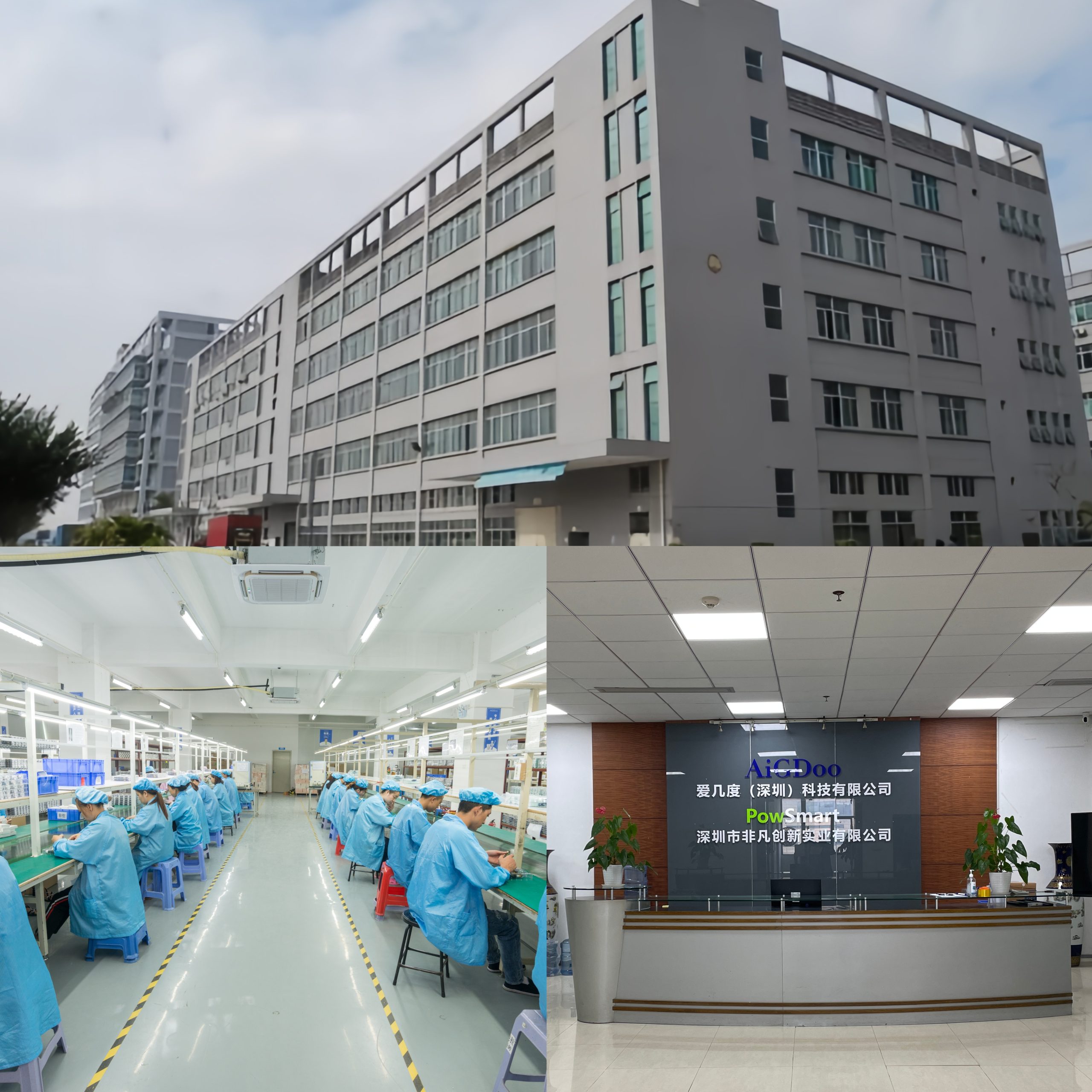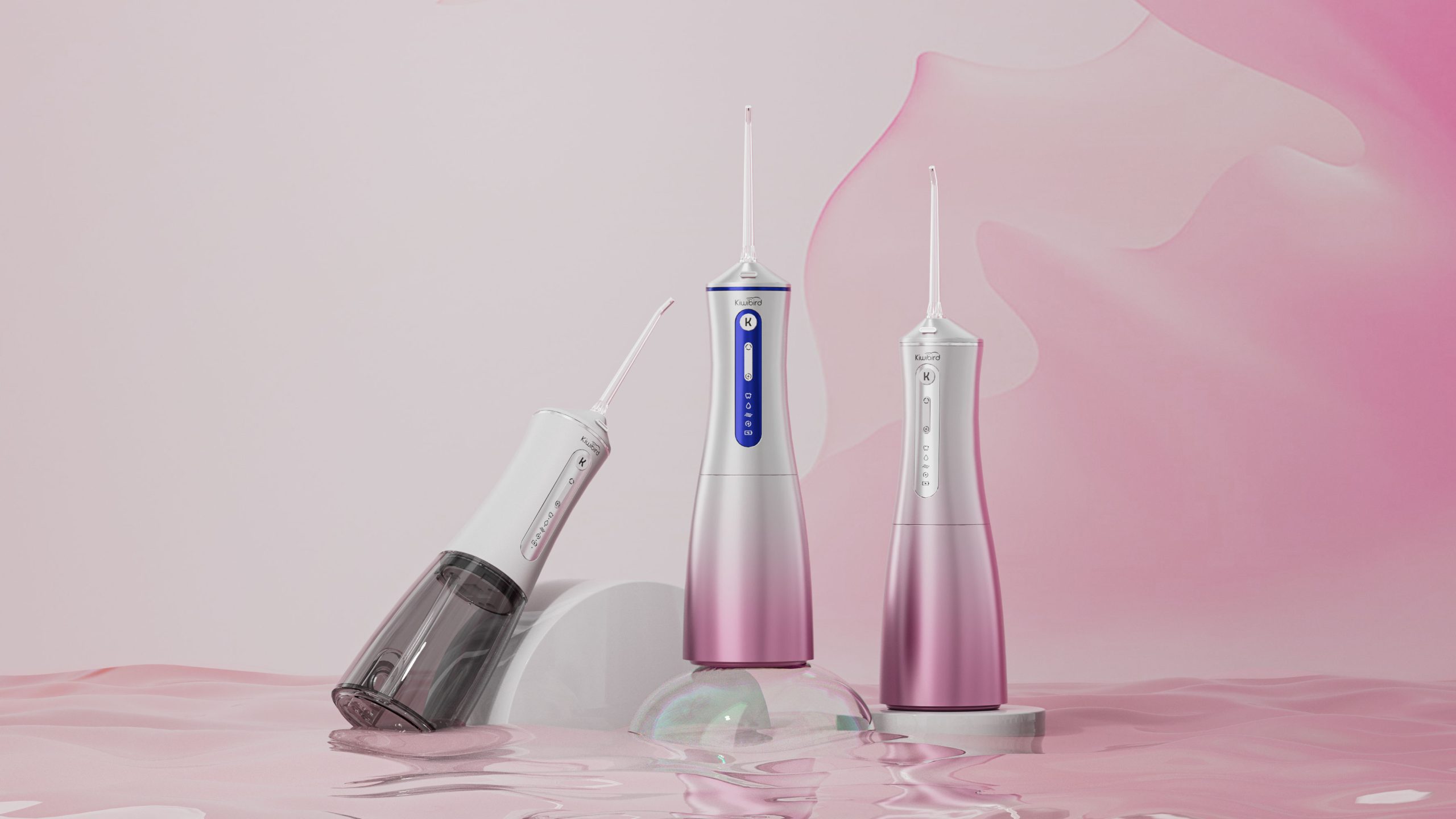Electric toothbrushes have become a daily essential for millions of users worldwide — offering convenience, consistency, and a deeper clean than traditional brushing. However, many consumers (and even some brand owners) have one recurring question: do electric toothbrushes lose power over time? As an OEM manufacturer specializing in oral care devices, we’ve conducted a detailed technical analysis to understand how and why performance degradation occurs — and more importantly, how to prevent it through smarter design and better manufacturing.
Like any battery-driven device, electric toothbrushes lose power gradually due to natural component wear and tear. The most common culprits include:
Battery degradation – Lithium-ion or NiMH batteries lose capacity over repeated charge cycles, reducing the brush’s runtime.
Motor performance decline – Over time, the brush motor may produce less torque due to friction, dust buildup, or magnet weakening.
Electronic control efficiency – Minor inefficiencies in the control board can accumulate, subtly reducing power delivery to the brush head.
While these effects are inevitable, high-quality OEM engineering can delay or minimize them significantly.
Battery degradation is the primary reason users notice weaker brushing power after a year or two. In our laboratory testing, a standard lithium-ion battery retains about 80–85% capacity after 300–400 charge cycles.
To combat this, OEMs must focus on:
Selecting high-grade lithium cells with longer life spans.
Integrating intelligent charge management systems.
Reducing unnecessary standby power consumption.
Through optimized battery management design, power decline can be minimized even after extended product use.
Motor performance is another key variable in long-term power retention. Over time, small mechanical parts — such as bearings and gears — may suffer from micro-abrasions. This leads to reduced oscillation or vibration efficiency, which consumers perceive as weaker brushing.
An experienced OEM manufacturer conducts motor performance testing under real-world conditions, ensuring that torque output remains stable across thousands of operating hours. Premium motors, precision-balanced shafts, and reinforced housing all contribute to long-lasting consistency.
From a technical analysis perspective, power degradation isn’t just about batteries and motors — it’s about system synergy. Smart product design can make a significant difference.
OEM engineers can:
Use advanced PCB layouts for more stable current flow.
Optimize gear ratios to maintain effective torque.
Improve sealing and waterproofing to protect internal components.
Implement software that adjusts speed dynamically as the battery drains.
These integrated solutions allow the toothbrush to deliver consistent performance, even as internal components age.
At the OEM technical analysis stage, we simulate months (or even years) of user behavior to identify weak points early. This process includes:
Cycle testing of battery and motor combinations.
Vibration endurance and thermal resistance tests.
Charge-discharge simulations under varying voltages.
Such testing ensures the final product maintains optimal brushing performance, extending both functional life and brand reputation.
For oral care brands seeking to launch or improve their electric toothbrush product line, partnering with an experienced OEM manufacturer provides significant advantages:
Access to proven testing data and technical expertise.
Custom battery and motor optimization for longer lifespan.
Faster time-to-market with validated, regulatory-compliant designs.
Ongoing engineering support for next-generation upgrades.
By integrating battery degradation management, motor performance optimization, and OEM technical analysis, your brand can deliver electric toothbrushes that truly stand the test of time.
So, do electric toothbrushes lose power over time?
Yes — but with the right engineering, they don’t have to lose performance. Through thoughtful design, premium materials, and deep OEM-level insights, power loss can be minimized to ensure a consistently satisfying brushing experience.
If you’re a brand owner seeking a reliable OEM partner to help design or manufacture your next-generation electric toothbrush, our engineering team is ready to help you build products that last — and perform — beyond expectations.
ADA Approved Electric Toothbrush Chicago
Bleaching Allergy Causes Gum Discoloration? Whitening Device Users Must Read!
Discover a Great Reason to Switch to an Electric Toothbrush
Hose Rupture and Gum Discomfort – Related?

Does Black Electric Toothbrush ODM Face Handle Corrosion?
Pregnancy Contraindications and Chemical Burn Risks in Whitening: What You Must Know!
Electric Toothbrush Delhi | Affordable Family Choice
Biofilm Regrowth Inducing pH Imbalance – Vicious Cycle?
Why Post-Whitening Diets Need Gum Inflammation Cautions?
Button Failure and Bristle Deformation Causing Recalls?

From a Chemical Perspective, Do Teeth Whitening Products Really Work?

Innovative Features That Make Your Electric Toothbrush Stand Out

How to Solve the Common Charging Problems When Using a Water Flosser?
.jpg)
Seeking Electric Toothbrush for Hotels Supply or Electric Toothbrush for Dentists Supply?

What Impact Will There Be If Only the Cost-Effectiveness of Price Is Considered When Sourcing Oral Care Products?

Time for a clinic upgrade? Why invest in a smart Dental chair?

electric toothbrush heads Deep Clean
.jpg)
Florida Electric Toothbrush – Powsmart PTR-C8

electric toothbrush heads Ultra Soft

Customization Teeth Whitening Gel

Private Label Whitening Gel

electric toothbrush heads Charcoal Infuse-Round

electric toothbrush heads Regular Clean

Electric toothbrush heads Charcoal Infused-Diamond
whstapp
whstapp
National Toll-Free Service Hotline
+86 755 86238638